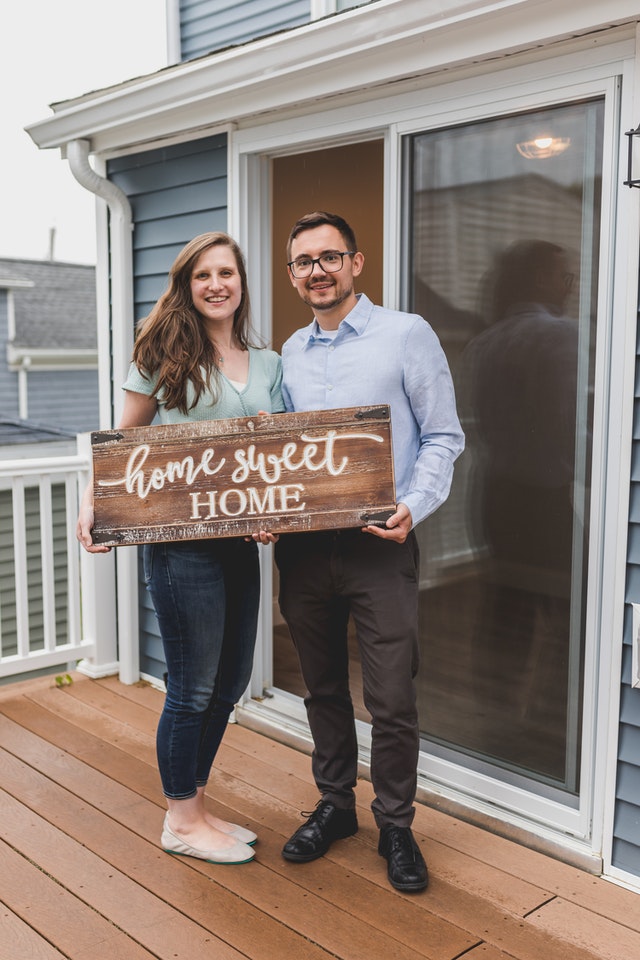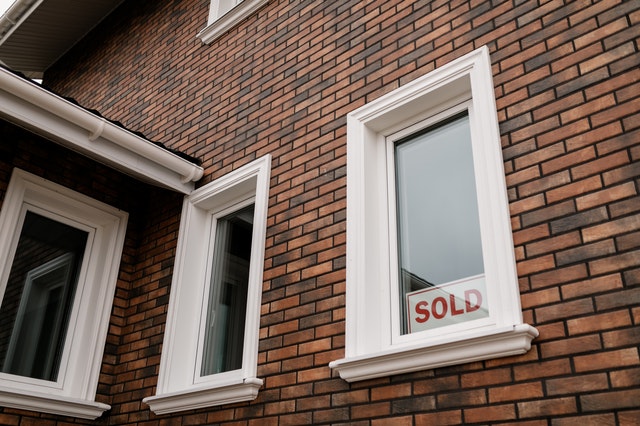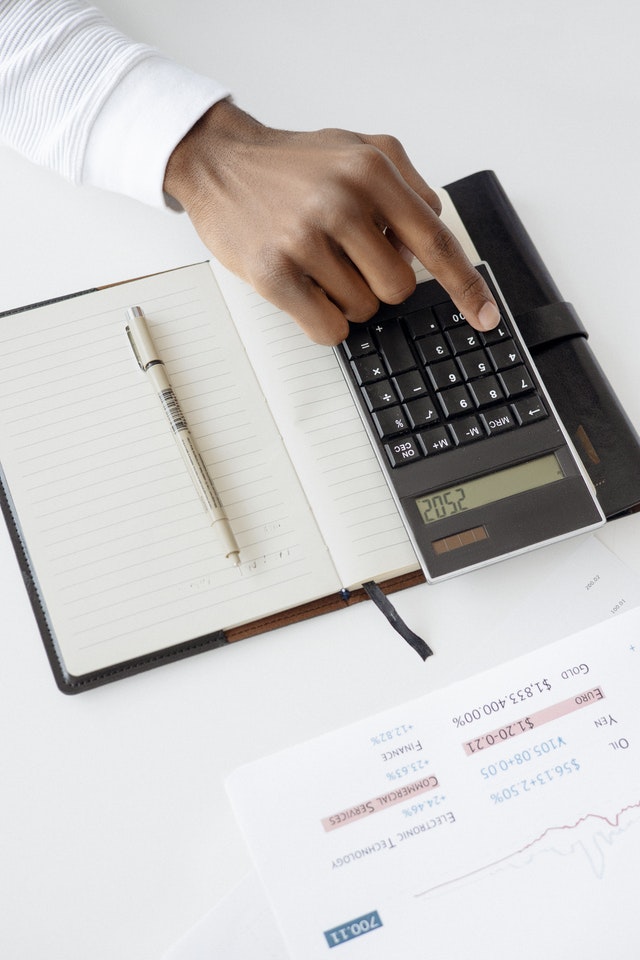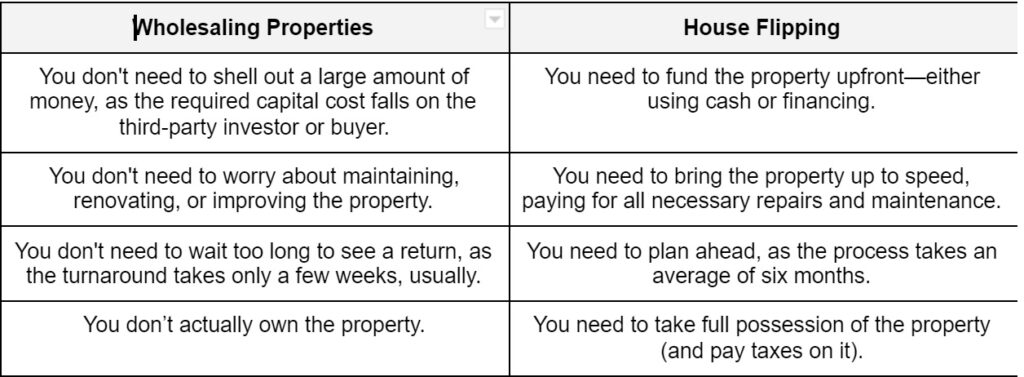Consistent lead generation is paramount to your success in the real estate wholesaling business. Finding a seller begins the wholesale process while finding a buyer closes the deal.
However, generating valuable leads does not come easy.
Even when you already have a long list of leads, you’ll still have to trim it down to the quality ones. After all, you don’t want to have just any leads—you want to garner high-quality leads to close more deals. And this can only be achieved by mastering the methods for consistent lead generation.
In this article, we’re going to tackle some real estate lead generation ideas so you can keep growing your buyer’ list. By having consistent growth in your buyers’ list, you can be confident that you’ll keep closing wholesale deals—and keep your income stream flowing.
6 Ways to Generate More Leads
Generating leads in wholesale real estate requires diligence. That said, even a wholesaler’s time and effort are an investment. To ensure that your work pays off, you’ll have to work smart—not hard.
For example, if your current method isn’t giving you the desired results, you need to try different lead generation strategies. Remember what Albert Einstein said, “Insanity is doing the same thing over and over and expecting different results.”
And you don’t want to fall into that frustrating trap.
So, consider using these wholesale lead generation strategies to fill up your list, so you can spend time closing more deals.
1. Multiple Listing Service (MLS)
The Multiple Listing Service is an exclusive online database for licensed real estate agents, featuring properties available and sold on the market. What’s great about this is that it can automatically send leads to your inbox, among many other perks. More importantly, this real estate lead generation strategy is completely free—as long as you find access to it.
Another benefit of this is that it can also connect you to other real estate investors in the market. As you grow your buyer’s list, you can also grow your business network.
Still, using MLS requires some dedication to be effective. Since a lot of agents use this strategy, posts can easily get lost among thousands. You’ll also need to go through many real estate leads until you find quality ones.
So, yes, MLS comes with a few challenges. But, it’s comprehensive, affordable, and convenient—making it a terrific real estate lead generation method.
2. Leverage Networking
Connecting with other real estate investors and helping each other out can keep you consistently closing deals. Now, some wholesalers are looking for sellers while others are looking for buyers. But by pooling together your resources, you can establish a mutually beneficial relationship.
Nevertheless, this setup requires you to split profits. You’ll earn a bit less, which means you need more leads to compensate. This strategy is still great for growing your buyers’ list, as well as your network, so the pros outweigh the cons.
Apart from the real estate community, you can also look at your personal network. You never know which one of your friends or family members is looking to invest in. A quick post on social media sites or asking around might seal you some great—unexpected—deals.
In other words, think out of the box and use your current network to generate wholesaling leads.
3. Cold Calling
This method is a popular one, as it kills two birds with one stone. By cold calling, you use your existing leads to generate new ones.
The idea behind this is that people with similar interests usually gather together. Similar to how there is a network of wholesalers, there is also a network of buyers. So, take advantage of your current connections to see if they know others who are interested in your deals, even if they aren’t interested themselves.
Once you’ve identified some prospects, give them a quick call. Then, keep all of these individuals in mind and remember to follow up whenever you have something to offer. You can then continuously assess which ones are willing to make a deal, giving you very high-quality leads more willing to make a deal with you.
4. Drive for Dollars
Driving for dollars is a tried and tested strategy for real estate lead generation. There are many leads out there in the world—and sometimes all it takes is a quick drive around town to spot the right signs, literally. Yes, your car’s mileage will increase, but so will your buyer’s list.
Many real estate investors are also renters. In other words, you might find a house with “for rent” signs and contact details.
Once you see these potential clients, give them a call to ask if they’re investors looking for properties. Investors are always looking for the next opportunity, so you might just get lucky and land on a willing prospect. And even if the person is an agent, that still works, because they might be looking for properties on the market as well.
5. Real Estate Agents
If there’s anyone that’s knowledgeable about the local real estate market, it’s the real estate agents.
If you’re considering doing future investments in a certain area, a real estate agent can help you start. Real estate agents can be very helpful in building your buyers list and growing your own network. When you’re investing in a new area, they can help you close your first few deals by linking you to local sellers, investors, and properties in the local market.
Once you gain a grasp of the local market, you can start doing deals on your own. Alternatively, if you establish a good business relationship, you can even consider becoming long-term business partners. Real estate agents won’t only help you grow your buyers’ list, but they can help you land consistent deals.
6. Bandit Signs
Bandit signs are poster-sized signs with a short, direct message and contact details. You usually see a dozen of these signs near a property, often in high-traffic areas like local markets, shopping malls, and busy streets. It’s a common practice in real estate since it’s an effective form of real estate marketing.
After all, leads can come from all sorts of places. And this method is a great way for you to cover multiple areas and expand your reach. Also, it’s usually quite affordable to put up bandit signs making this a more cost-effective way to strategically grow a buyer’s list.
Conclusion
Real estate wholesaling takes time, effort, and commitment. As a wholesaler, you have to strategize, think ahead, and be ready to face challenges head-on. Yes, generating wholesale leads does take a lot of work. But if you do it right, all that hard work pays off. The more leads you generate, the higher your chances of closing deals.
With these strategies at your disposal, you’re now ready to generate consistent leads to propel your real estate wholesaling journey to the next level.
Got tips of your own or stories to share? Let us know in the comments below!
Image courtesy of RODNAE Productions











